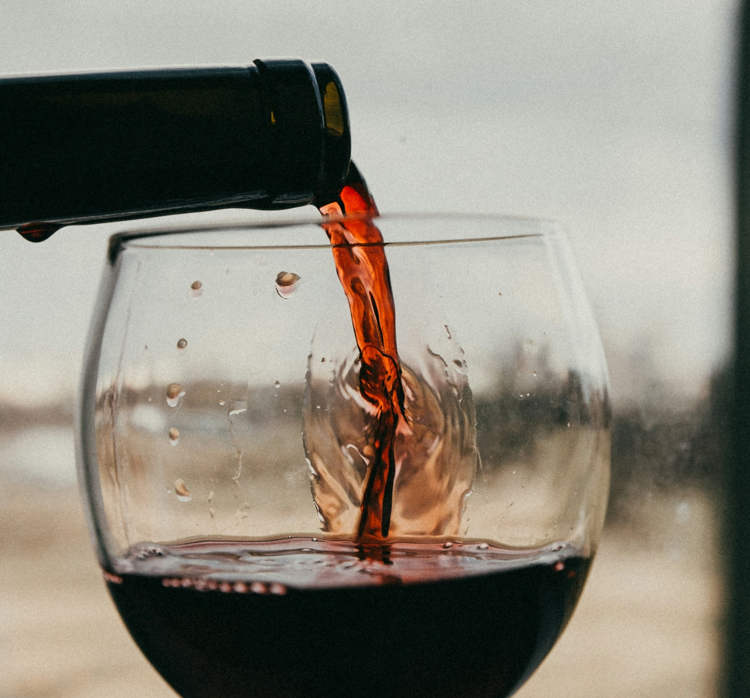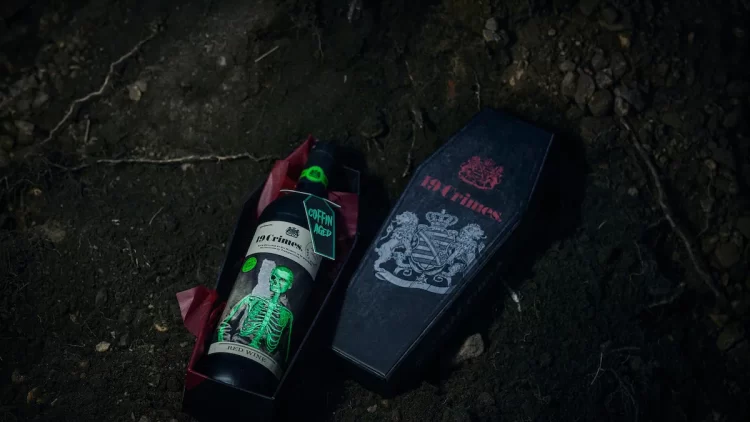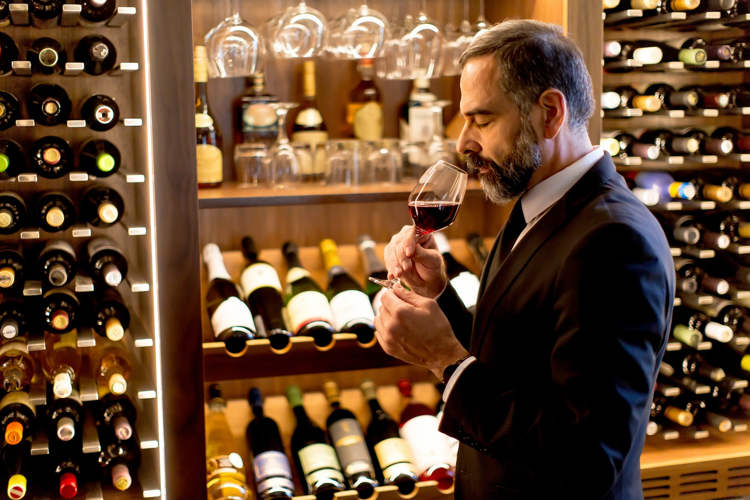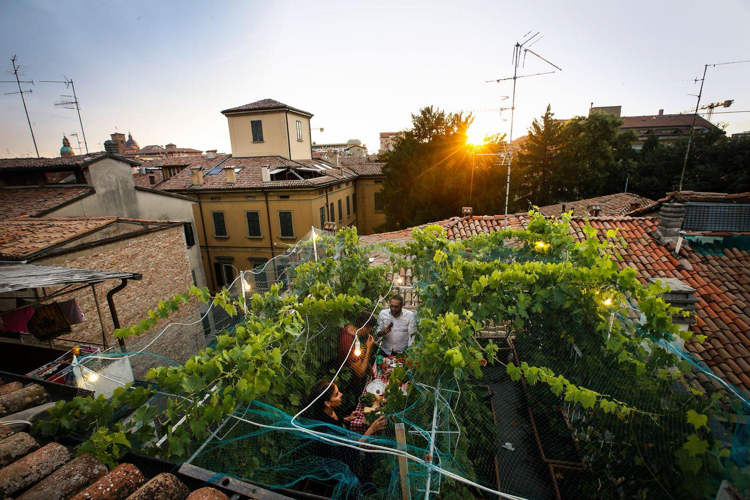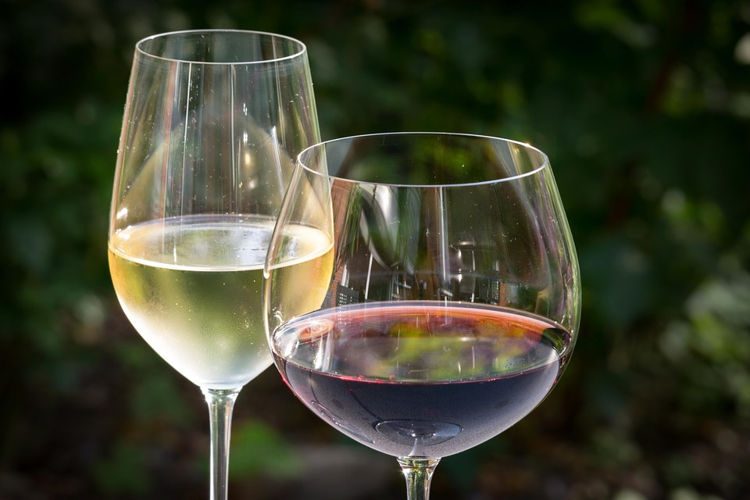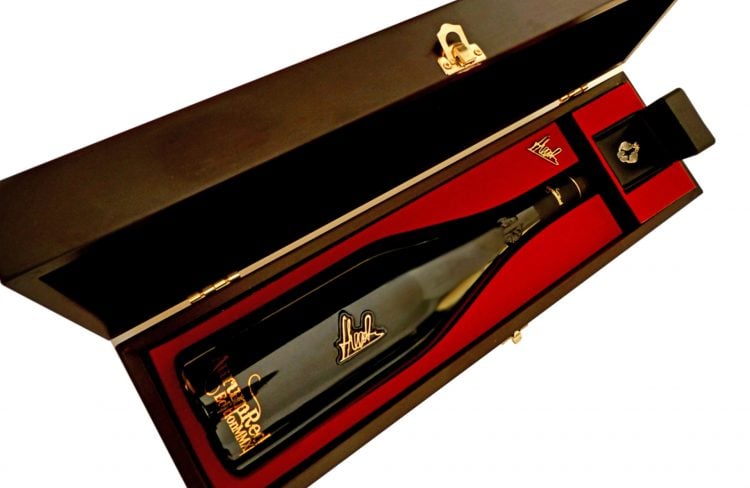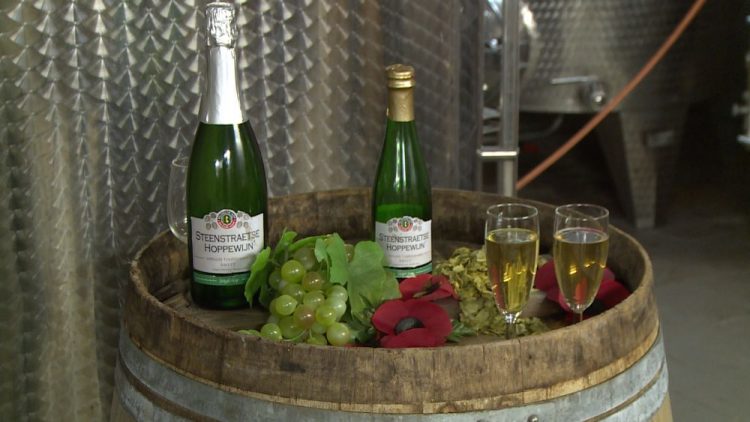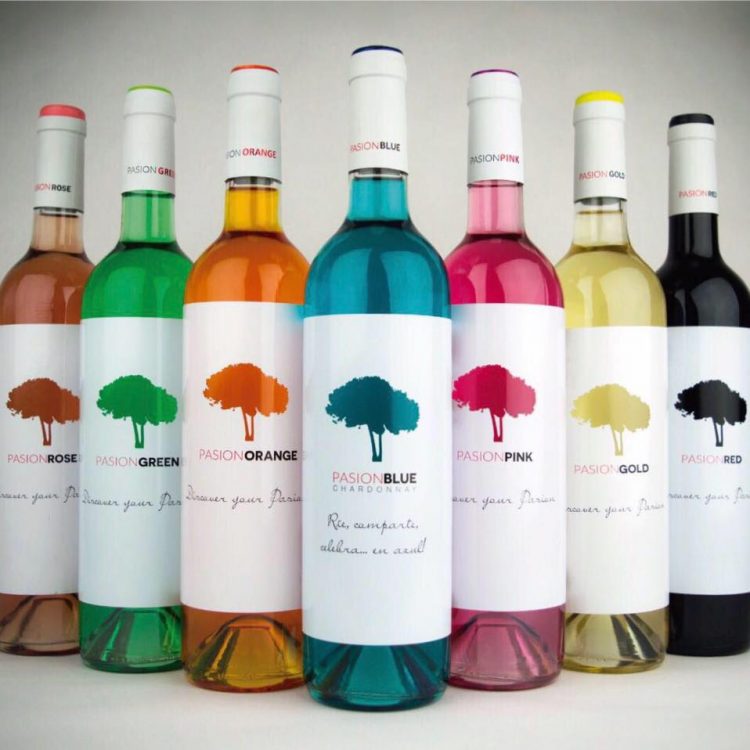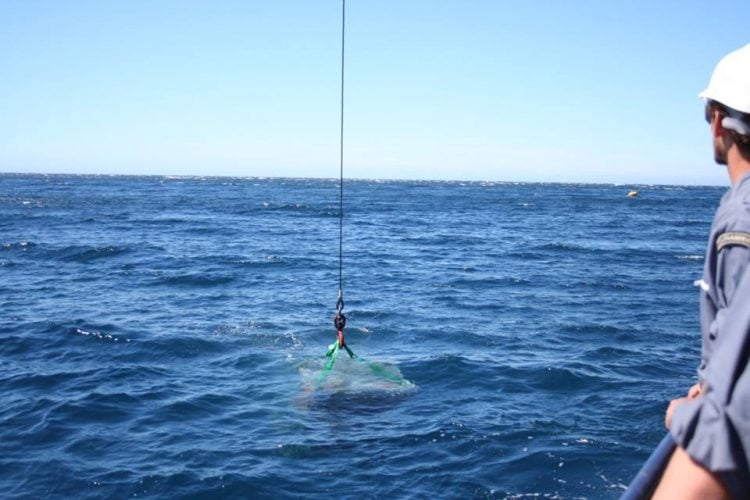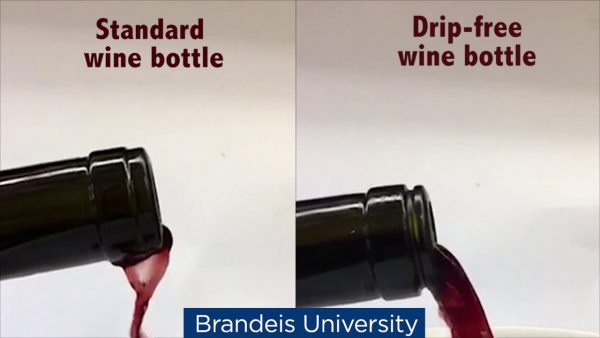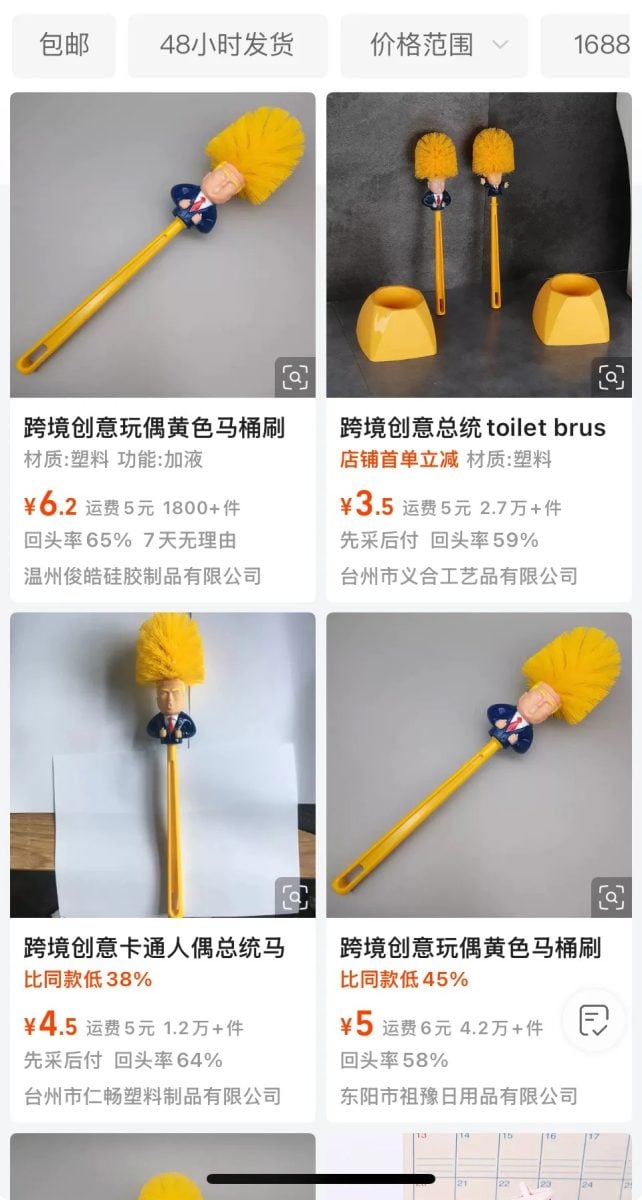An English foot fetish model has launched a limited-edition wine made by crushing grapes with her feet and selling it to her adoring fans for £100 ($128) per bottle.
30-year-old Emilie Rae claims she was contacted by London-based winery Renegade Urban Winery about a collaborative wine project because of her expertise in ‘foot work’. The self-described ‘foot fetish icon’, who makes a living uploading photos and videos of herself standing in baked beans or squashing birthday cake in between her toes for people who are into that kind of stuff, made her Simp Wine by mastering the ancient technique of stomping on grapes. Although she is convinced her fans will gladly pay £100 for a taste of her ‘perfect feet’, she claimed the wine is worth it because she risked her life to make it.

